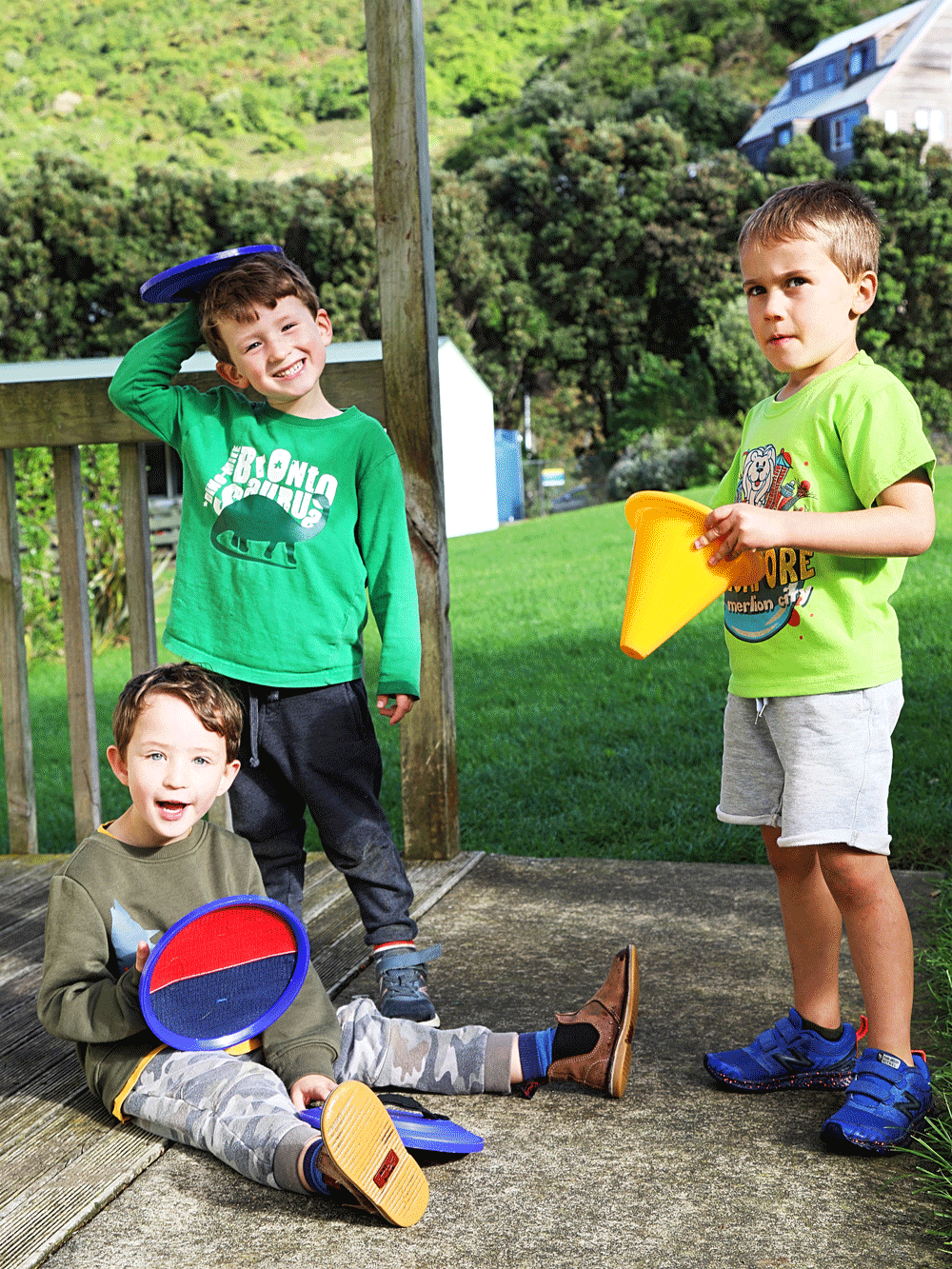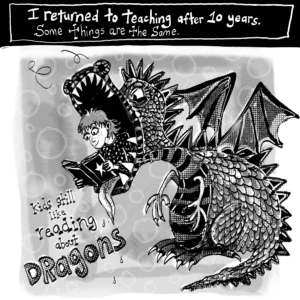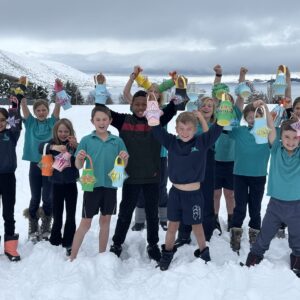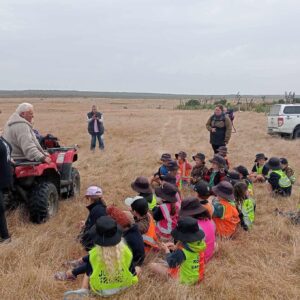Walk into a quality early childhood education (ECE) setting and there’s that immediate sense of connection and security – children curious, engaged and busy – and underlying all the activity is a baseline of calm. It’s proof that the child is at the centre of the learning environment, and for that to happen, the child’s context needs to be understood.
Te Whāriki, the early childhood curriculum, mentions the word “community” 36 times. Two key principles – “Family and Community” and “Holistic Development” – put the concept front and centre.
For Sally Wooller, head teacher at Inglewood Kindergarten, these two principles link to a third, “Relationships”. For her, it is responsive and responsible relationships that empower children to learn and grow.
“We acknowledge parents as the experts on their children and that we have a lot to learn from them.”
Sally Wooller
“We acknowledge parents as the experts on their children and that we have a lot to learn from them, and then we share our new knowledge about their children with them, and we maintain that [communication] over time.”
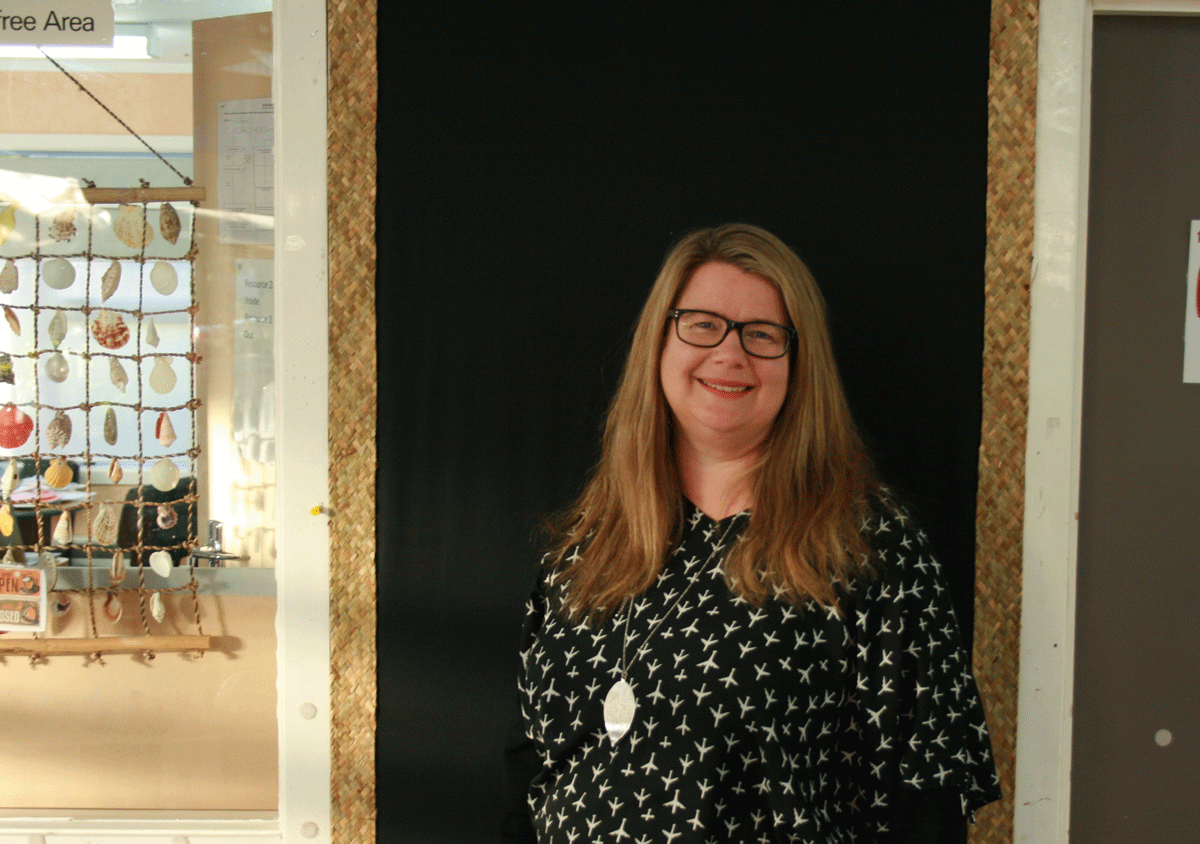
Wooller has been able to share her thinking on community through her local Kāhui Ako/Community of Learning – she’s a member of its Key Leadership Group that meets for an hour each week to keep momentum going.
This Kāhui Ako, like many others, has an Achievement Challenge centred on transitions, and a series of workshops recently brought together junior school teachers and ECE teachers from all its services. Wooller acknowledges that “balancing the needs and expectations of teachers across ECE and primary does become a challenge.”
“It would have been ideal for all teachers to attend these at the same time,” Wooller says. While there is some funding to support releasing teachers so they can attend, “[ECE centres] needed to remain open, so two workshops were held at different times – one it the afternoon and another in the evening. This does split the group and also highlights the inequities of teachers’ ability to access PLD [professional learning and development] during the working day, with all attending in the evening sessions being from the early childhood sector.”
Despite this, Wooller says there are now more connections between teachers in the two settings and more collaborations. “Schools can see links to ECE in play-based learning in their settings in the context of their curriculum – and even links to the inquiry learning of older children.”
A shift in expectations for children and whānau moving to school is also very welcome, Wooller says. “It’s more about the school needing to be ready for the child than the child being ready for school.”
The PLD workshops are being followed up by a facilitator who visits centres and schools, with a focus on the section of Te Whāriki that looks at pathways to schools and kura.
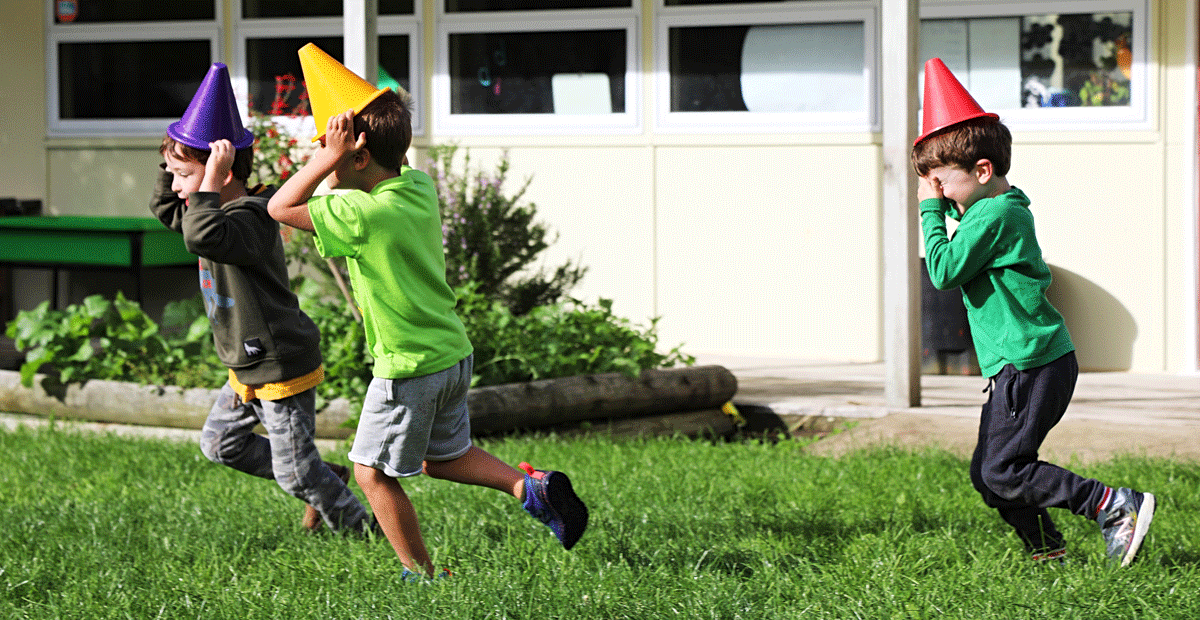
Wooller says ECE does have an advantage in building communities in that whānau come into services to drop off and pick up children. “That gives us really good opportunities to build meaningful relationships,” she says. “We have those conversations around ‘are they ready’, ‘they haven’t settled’, ‘I’m going to keep them at home’ – and if we aren’t warm and welcoming, they don’t come back.”
She’s keen to reiterate that schools have done a lot of work in recent years on building relationships with families and creating environments that are warm and welcoming – “it has changed”.
But Hinemoa Pohatu, head teacher at Bellmont Avenue Kindergarten in Hamilton, believes there’s still room for improvement. She has had a run of whānau coming back to tell her that their children aren’t settling at school and that tamariki wake up in the morning and say they want to go back to kindergarten. “For one child, it’s been a year.”
“It’s a very warm and welcoming atmosphere here – it’s the wairua that matters. We had a parent bring a child for a visit recently, and the child said afterwards, ‘That’s not a kindergarten, that’s a home!’”
Tamariki at Bellmont Avenue have come from a wide range of communities – Jordanian, Somalian, Cantonese-speaking, Mandarin-speaking, Cambodian, along with many from Māori and Pasifika whānau.
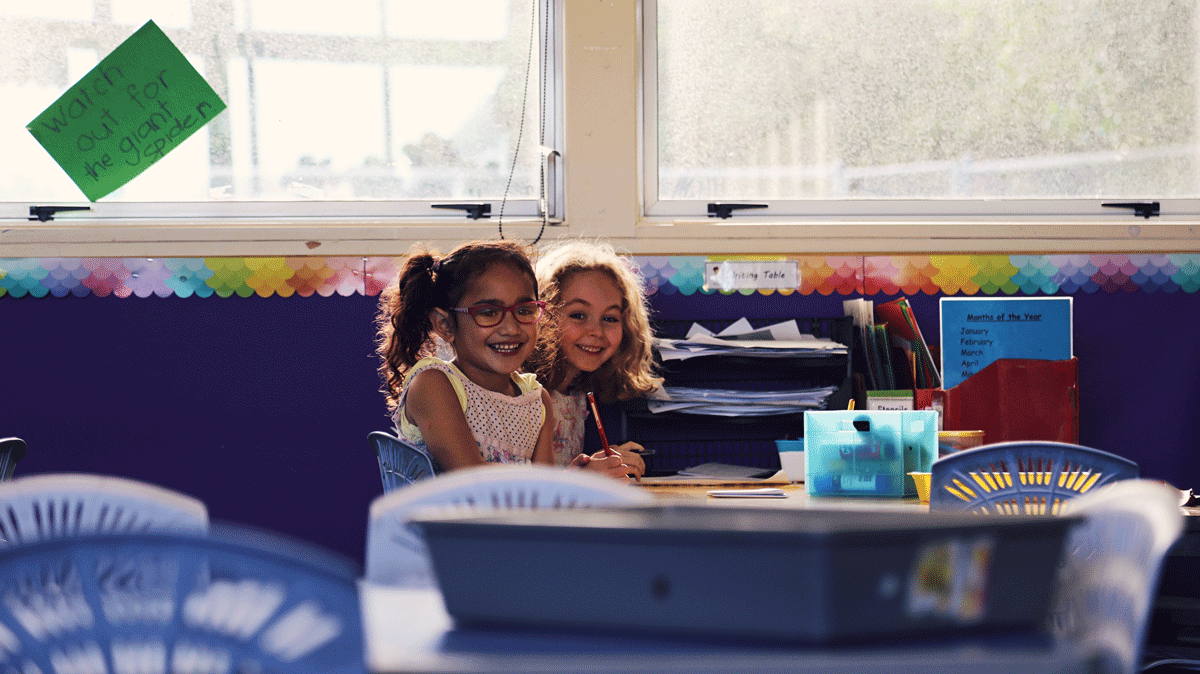
A lot of emphasis is put on making genuine connections with families, with staff learning words from the different cultures. “There is genuine aroha. It comes from kotahitanga and whakawhanaungatanga – we reach out.”
“There is genuine aroha. It comes from kotahitanga and whakawhanaungatanga – we reach out.”
Hinemoa Pohatu
This enables staff to closely tailor teaching and learning to the child. “We might have individual plans to support the growth of tamariki – it might be social competency or language skills, and it fitswith ERO [Education Review Office] – but we are also inspired and led by the interests of tamariki: their individual emerging interests, what they likedoing and what they’re good at.”
The kindergarten recently reviewed its practices and decided that instead of setting up all the areas of play ahead of a session, they would leave one or two empty so that children could choose what they wanted to set up or do.
Pohatu says the close relationships with whānau also help when it comes to having the hard conversations. “We had some tamariki pushing the boundaries on acceptable behaviour, and we had to have a talk with all the whānau – at the end, there were some tears, but they also really appreciated it. It couldn’t happen unless we knew the whānau really well.”
She wishes there were stronger local connections to support the children to transition to school. “It would be really nice to meet halfway. To say, ‘This is what we do, what do you do?’ We could share ideas and resources – it could be great. We have a good Cool 4 School programme for the older tamariki, but we go to the schools with it – they don’t come to us.
“[Our] local Kāhui Ako doesn’t seem to include ECE. We’re used to being the bottom of the pile – and we have been shaking that vine for a while. But we are the foundation of learning for children, after all.”
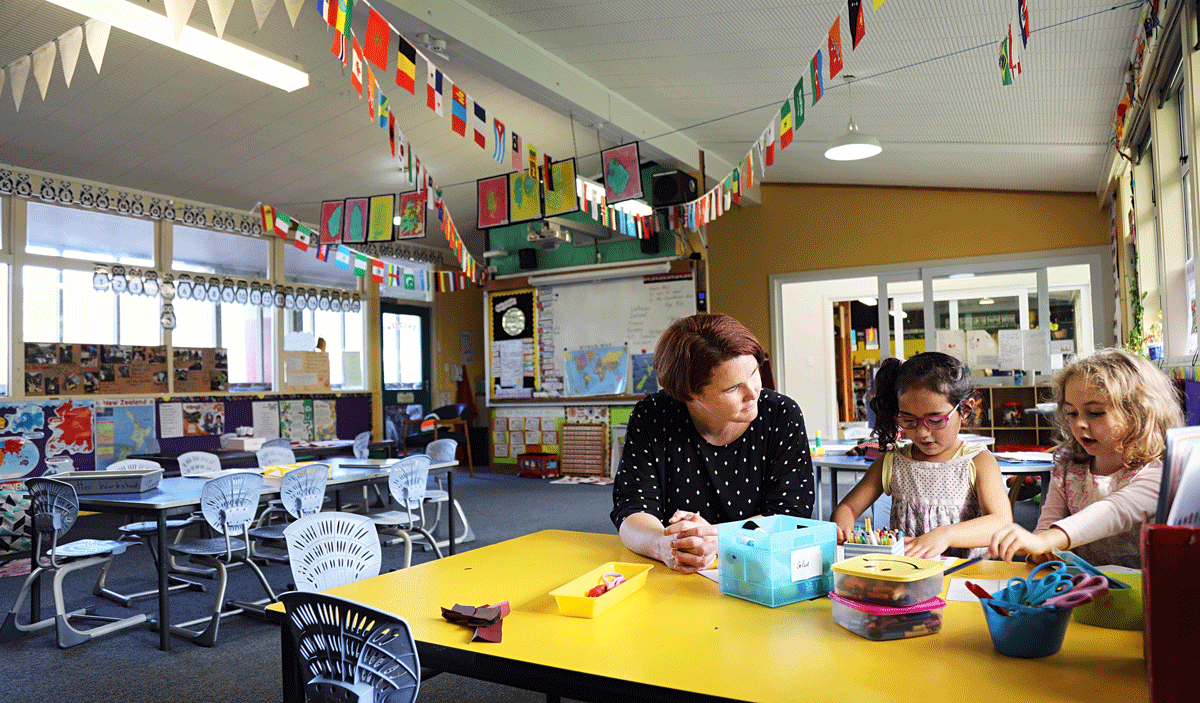
Spreading the foundations into primary
Amie Roberts has her own perspective on how community could and should be part of a child’s learning. She is in her second year as a New Entrants/Year 1 teacher at Owhiro Bay School in Wellington, with a background of 15 years of teaching in ECE. She is also the school’s LSCo (Learning Support Co-ordinator) and her own children attend the school.
For her, community means that teachers, parents and families are all working together to support the child in a holistic way, be it social, emotional, developmental or academic. “We’re a team,” she says.
Roberts has seen first-hand how important strong community connections can be when it comes to outcomes for a child. “Strong communities reflect in many ways on children, because if children can see adults working together for them – one, that sends a wonderful message about teamwork and communication. But also it’s about building a relationship with the parents, because if they feel that you’re with them, then they’ll talk to you about the things that matter to them.”

Roberts explains, “If you’ve got a child who’s struggling with reading and that relationship is there, then parents are going to take that better and be more likely to implement the strategies or suggestions you have to help that child at home. And the child goes, ‘Oh my gosh, all the adults in my life want me to succeed!’ It’s quite powerful.”
But she can understand the perception that parents – or others outside the primary setting – may have, where the child arrives at school and that’s it for the family, because she felt it herself in the past. “In ECE, you walk in and the teachers are able to talk to you, they know you really well, they spend a lot of time getting to know you and your child.
“Now that I’m a teacher working in primary classrooms, it is a lot more hectic [than I’d previously realised].”
Amie Roberts
“But now that I’m a teacher working in primary classrooms, it is a lot more hectic [than I’d previously realised],” explains Roberts. “There are certain expectations on you from the curriculum and from the Ministry of Education – you have to get a certain amount of teaching and learning outcomes achieved. So, often, in the morning you’re scurrying around trying to make sure that everything is ready, and you don’t have as much time to hang out with the families as you would like.”
One of the biggest adjustments for Roberts moving from teaching in ECE to primary is the requirement for assessment of students. “I find it a very hard concept – particularly in children under seven – that you have to get them to a certain level by a certain time.” She believes this is what fundamentally gets in the way of building relationships with families. “If teachers didn’t feel under so much pressure, I think they’d have more time to engage with families. I believe that most teachers, if not all of them, want to engage and work as a team and community, but there are so many pressures.”
It’s not just classroom pressures that prevent community connections – Roberts knows that families are busy too, each facing their own challenges. “Often by three o’clock, the kids are absolutely shattered and the parents are tired and they just want to go. So some of it is institutionalised, and some of it is just life.”
“If teachers didn’t feel under so much pressure, I think they’d have more time to engage with families.”
Amie Roberts
Since the before and after school times can be so busy for everyone, the school provides creative ways to connect. “We do a once-a-term family celebration in our Junior Hub, which is a celebration of children’s learning. Last term, the children organised and ran a café for their parents – the children organised and wrote menus, invitations, helped prepare and make the food and then served it to their parents and other whānau members who came.”
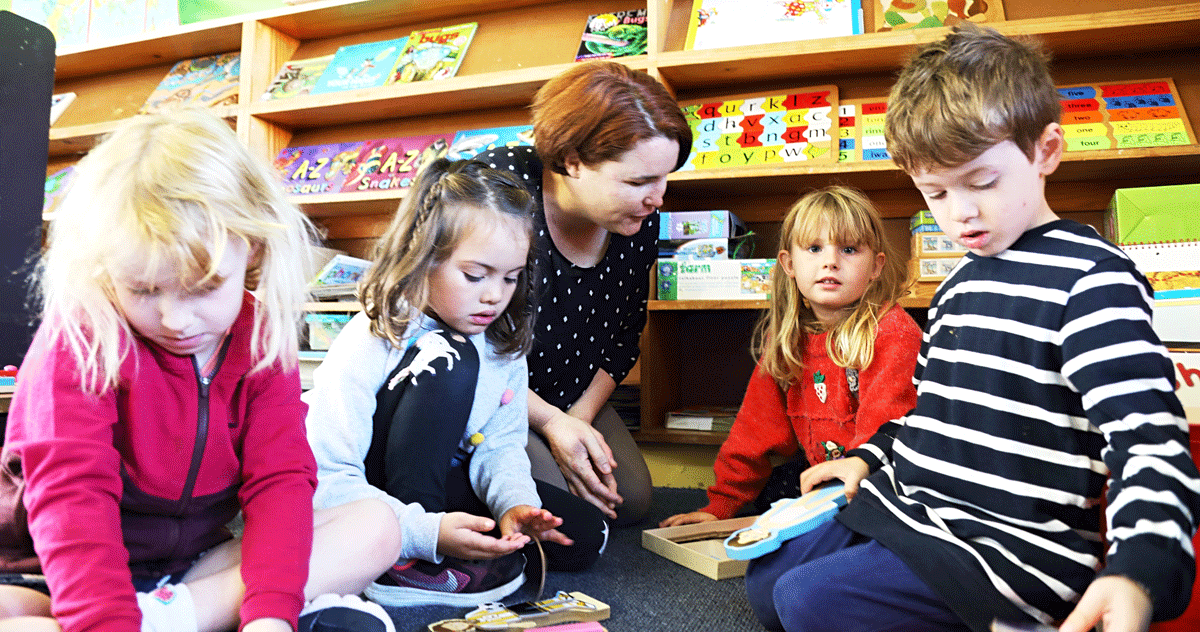
As children get older, they naturally become more independent, so sometimes parents need to let them spread their wings – and teachers are well-placed to encourage that. “That can be a hard thing as well, realising your child doesn’t need you as much. That’s why I like being part of the parent committee, because you can say, ‘Hey, your child may not want you to walk them to class each day, but you can still be involved – come and help run the disco!’”
Many of the New Entrants at Owhiro Bay School can be at an advantage when it comes to transitioning to school, because a lot of them have attended the onsite kindergarten – meaning the school already knows the families and children. But Roberts says the school works hard to emulate the same experience for children who are new to the school community.

“The general feeling is still the same – we try to create a very ‘family’ approach,” she says. “We do the pre-entry visits in the mornings when we’re doing ‘learning through play’, which is a very similar philosophy to early childhood education settings, so the child thinks, ‘Hey, that’s not so different from what I know’. That also frees the teacher up to be able to hang out with them as well, instead of being up the front doing formal teaching. That builds relationships quite quickly, too.”
For Roberts, time is the most precious commodity of all. “The only way to have relationships with true integrity is to have time and to be able to step in when it’s needed. Because relationships take time and community is built on relationships.”
North of Wellington, at Papakowhai School in Porirua, Eryn Street is in her third year of teaching. She started as a New Entrants teacher, but this year is teaching Year 7 and 8 and, like Roberts, has noticed a difference in the whānau involvement of the two age groups.
“[With] New Entrants, it’s a lot more hands-on, day-to-day.”
Eryn Street
“[With] New Entrants, it’s a lot more hands-on, day-to-day,” she says. “You see the parents – they come in, drop the students off, check that they’re settling in. As time goes on, the parents can step back a wee bit.” This is a contrast with teaching the older children. “With Year 7 and 8, I often don’t see the parents unless they’ve got a concern they want to discuss with me or if I want to discuss something with them,” Street says. “Or, occasionally, we’ll see them dropping their kids off at school.”

However, Street says the community around older students has something different to offer. “I reach out to the community when there’s a specific skill to get whānau engaged with,” she says. “We’re doing a rocket challenge at the moment, and we’ve reached out to local engineers and parents who are really interested in STEM and STEAM, and got them to get on-board with that, which is really cool.”
Street finds that if there are strong relationships in place, it’s not always the school initiating the connections. “There’s one parent here who is a librarian at another school, and quite often says to us, ‘Did you know about this event coming up?’ ‘Did you know about that?’ The students here got to go to an event with a New York Times bestselling author because of that,” she says. “It’s really cool seeing the collaboration between whānau, community and teacher to benefit the students.”
These sorts of connections don’t always have to happen on school grounds. In fact, Street says a lot of the work she does building community happens elsewhere. “I’ve been to a few of my students’ sports finals or arts things that they’re involved with – because then you’re out in the community and there’s that link with the school, which I think is really important for the kids.”
Strong communities are also built by showing up and being there for the children. “Being seen to be involved with the community is key,” Street says, “so the families of your students know that it is more than just a job – you really do care for these kids.”
Online connections
Wellington-based Te Aho o Te Kura Pounamu (Te Kura), formerly the Correspondence School, is running an online early childhood programme for those who may be isolated by distance, special needs or circumstances. My Early Childhood launched in 2017. Early Years Online Curriculum Specialist Hellen McConnell says the programme supports adults and children to learn together, share successes and explore their interests within their community and home environment. One feature allows tamariki to upload photos and video direct to their kaiako.
But one of its biggest successes is that it enables whānau to build partnerships within their communities – with Playcentre, with whānau overseas, and with others in their rural community, such as families with school-aged children and local schools. “It breaks down barriers and reduces distances to bring communities closer together,” explains McConnell. “This is a key enabler of deep learning, empowering tamariki to learn in an environment that represents them, their identity, culture and language.”

